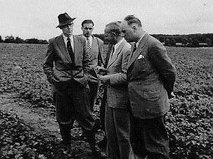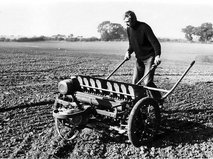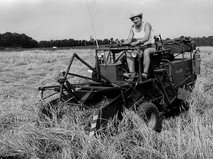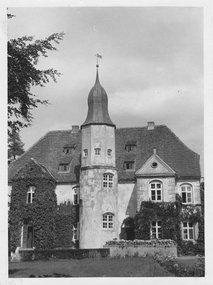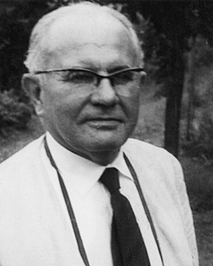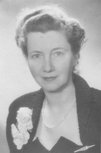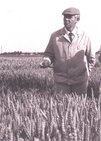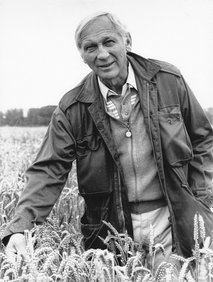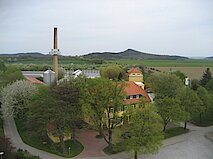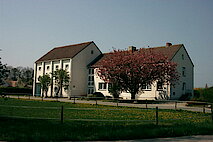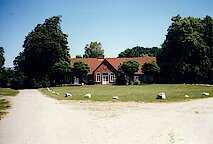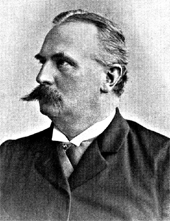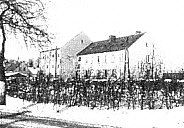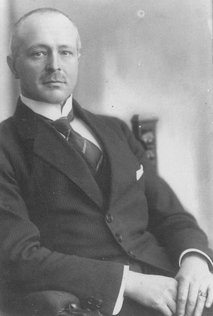
1910
Karl von Schultz started importing plant varieties from Svalöf - the Swedish breeding company.
1929
For this purpose, he founded Norddeutsche Saatzucht AG and registered it in Stralsund. Its telegram address already contained the abbreviation "Nordsaat” which was later widely associated with the company.
1928 bis 1946
Karl von Schultz appointed Erich Schneider (1896-1982), the plant breeder, as the 1st seed breeding manager and the managing director. Along with Karl von Schultz, Erich Schneider, right from the early days, played an instrumental role in the evolving of Nordsaat into a high-performance company and also started independent breeding activities for cereals, field peas and sweet peas.
After Rügen Island was occupied by the Red Army, Karl von Schultz was expropriated along with other estate owners, but was reinstated as the head of Saatzucht. However, he and Erich Schneider were expelled from the company on 29.09.1945 after the judgement by the mayor of Schaprode.
Since then, Karl von Schultz is considered to be missing.
In 2012, it was revealed that Karl von Schultz was executed on 6 February 1946 after a verdict by the Russian Military Tribunal.
Erich Schneider was isolated until 1950. After he was released, he worked as the seed breeding manager and the head of the Petkus breeding station in Luckenwalde.
1946
Nordsaat was newly founded under the name Nordsaat Saatzucht GmbH. The management board included Margarete von Schultz (1891-1987), widow of Karl von Schultz, and farmer Claus-Oloff von Rhade (1919-2016).
Margarete von Schultz was managing director until 19.01.1984 and Claus-Oloff von Rhade was managing director of Nordsaat until 28.02.2005.
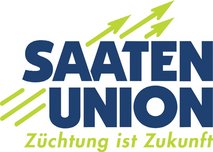
1965
Nordsaat spotted opportunities for a central seed selling well ahead of time. Being one of the founder members of the SAATEN-UNION, it defined prerequisites for this in 1965.
Mr Claus-Oloff von Rhade was appointed as the spokesperson of members after the Saaten-Union was formed and he continued until 1994.
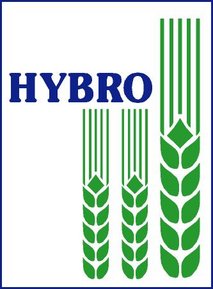
1982
Foundation of Hybro GbR/Langenbrücken in Baden-Württemberg.
Nordsaat is the founder member.
June 1991
After the fall of Communism, Nordsaat re-acquired its “parent company" in Granskevitz on Rügen Island.
The deployment of Claus-Oloff von Rhade, a man of merit with years of experience, as the managing director of Nordsaat, was extremely crucial for the survival of plant breeding in Granskevitz.
With the reunification of Germany, the Nordsaat breeding facility in Waterneverstorf was closed and relocated to Böhnshausen/Langenstein near Halberstadt, in Saxony-Anhalt where the company headquarters is located today. This is due to the farsightedness of the managing board at that time.

1997
Partnership in Saaten-Union Recherche/SUR France.
Today
The Nordsaat group of companies is managed concurrently by managing director Wolf von Rhade (since 01.01.1982), Claus-Henning von Rhade (since 23.02.2002) and Alexis von Rhade (since 01.02.2019). At present, approximately 110 employees are working in departments like breeding, agriculture and seed breeding.
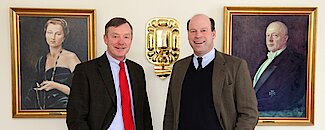

Thanks to its successful breeding range, Nordsaat has already pointed the way to the future. Three breeding stations in Böhnshausen in Vorharz (Saxoy-Anhalt), Granskevitz on Rügen Island (Mecklenburg-Vorpommern), Gudow (Schleswig-Holstein) located on approximately 150 ha of breeding garden area are used for the further development of high-yielding varieties of winter wheat, hybrid wheat, triticale, winter and spring barley and oats.
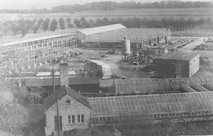
1951
The reorganisation of the state-owned seed industry in the GDR led to the relocation of the seed breeding station to and continuation of breeding activities in Böhnshauen (facility for wheat breeding) and Derenburg (facility for spring barley breeding) within the scope of the publicly-owned seed breeders, under the management of VVB Saat- und Pflanzgut.
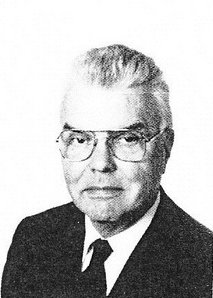
1958
Dr. Albrecht Meinel (1935-2021) started working with VEG Saatzucht Langenstein as a scientist. From 1964, he worked for 36 years as head of the breeding station and as a wheat breeder. Dr. Meinel contributed significantly towards the development of successful varieties of wheat and a competent “cereal breeding institute”.
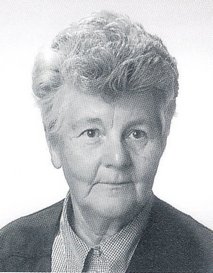
1966
Without relying on available material, Ms Edelgard Richter (*1938) started breeding of spring barley in Derenburg. It was only 13 years later that she got approvals for initial varieties, (Grit, Lada) which became well-known in Europe. Until 1999, Ms Richter worked for Nordsaat as a breeder of important varieties of spring barley, e.g. Annabell and Danuta.
1946 - 1991
History of the breeding facility in Granskevitz
on Rügen Island (Mecklenburg-Vorpommern)
After the expropriation of the von Schultz family, a state-owned company (VEG) with a seed breeding station was formed. It worked on the breeding of winter wheat, spring barley, oats, peas and spring sweet peas.
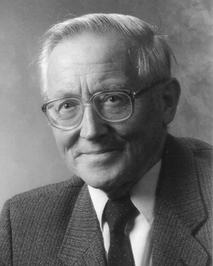
1953
Heinz Melzer (*1929), the plant breeder, led Saatzucht for 38 years and contributed substantially in the development of a capable breeding station in Granskevitz.
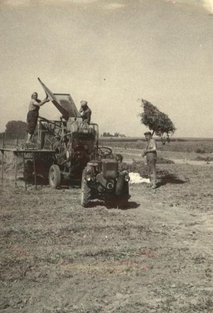
1961
A policy decision was taken to continue only maintenance breeding in Granskevitz. The best breeding material had to be delivered. Only the new breeding of peas was continued. Varieties of peas developed in Granskevitz were so efficient that they remained one of the important varieties in the GDR for several years.

